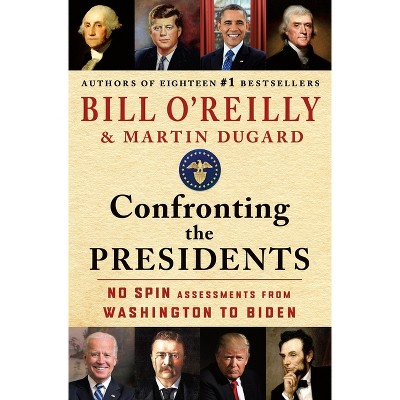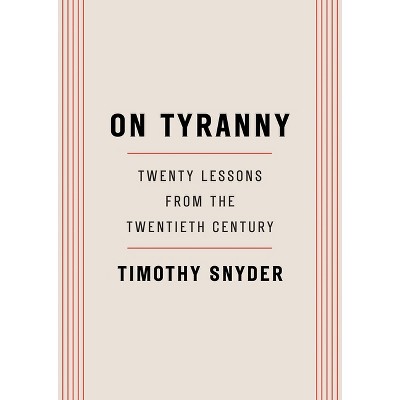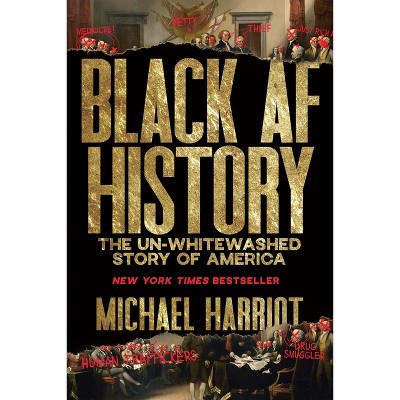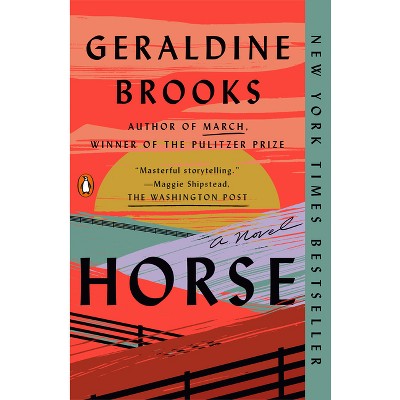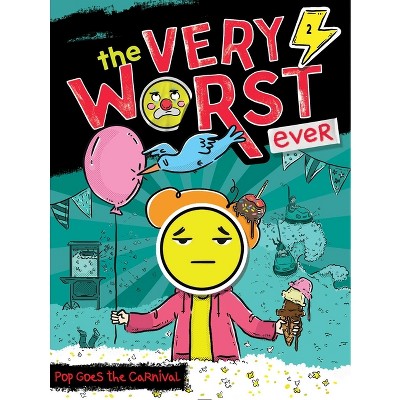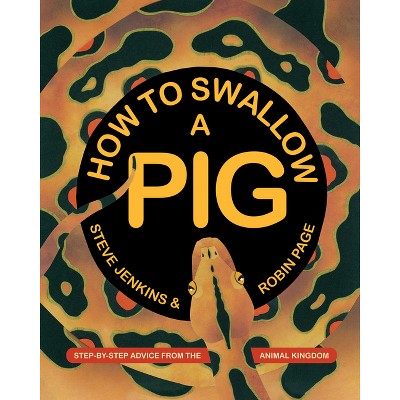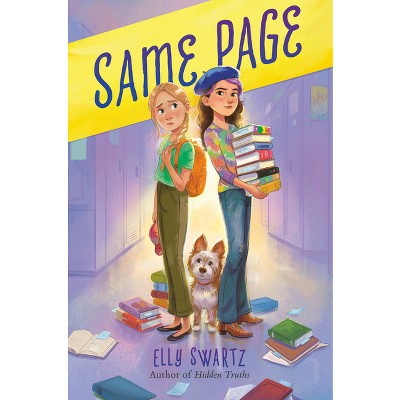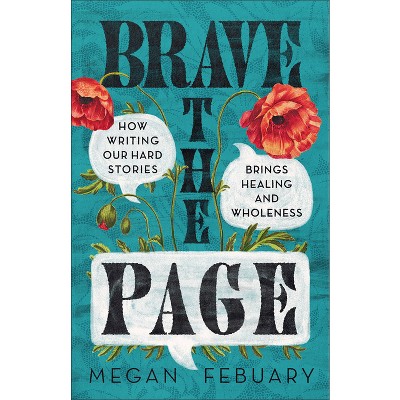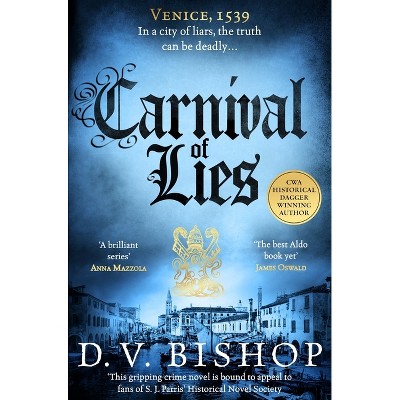About this item
Highlights
- In the decades before the Civil War, American society witnessed the emergence of a new form of print culture, as penny papers, mammoth weeklies, giftbooks, fashion magazines, and other ephemeral printed materials brought exuberance and theatricality to public culture and made the practice of reading more controversial.
- Author(s): Isabelle Lehuu
- 264 Pages
- History, United States
Description
About the Book
Carnival on the Page: Popular Print Media in Antebellum AmericaBook Synopsis
In the decades before the Civil War, American society witnessed the emergence of a new form of print culture, as penny papers, mammoth weeklies, giftbooks, fashion magazines, and other ephemeral printed materials brought exuberance and theatricality to public culture and made the practice of reading more controversial. For a short yet pivotal period, argues Isabelle Lehuu, the world of print was turned upside down.Unlike the printed works of the eighteenth century, produced to educate and refine, the new media aimed to entertain a widening yet diversified public of men and women. As they gained popularity among American readers, these new print forms provoked fierce reactions from cultural arbiters who considered them transgressive. No longer the manly art of intellectual pursuit, reading took on new meaning; reading for pleasure became an act with the power to silently disrupt the social order.
Neither just an epilogue to an earlier age of scarce books and genteel culture nor merely a prologue to the late nineteenth century and its mass culture and commercial literature, the antebellum era marked a significant passage in the history of books and reading in the United States, Lehuu argues.
Originally published 2000.
A UNC Press Enduring Edition -- UNC Press Enduring Editions use the latest in digital technology to make available again books from our distinguished backlist that were previously out of print. These editions are published unaltered from the original, and are presented in affordable paperback formats, bringing readers both historical and cultural value.
Review Quotes
""Carnival on the Page" draws on a rich palette of popular print sources for a thought-provoking portrait of antebellum culture that will be of interest to historians of the book, cultural critics, and literary scholars alike."--"Enterprise & Society"
"[An] informed, thoughtful study of American antebellum print culture."--"American Historical Review"
"The strength of the book lies in the convincing case made by Lehuu that antebellum print culture needs to be studied carefully in its own right rather than as a prelude to the events of the second half of the nineteenth century."--"The Journal of the Early Republic"
"This book, which stresses cultural forms rather than political or social meanings and their implications, covers a range of literary forms, both mainstream and ephemeral."--"Journal of American History"
"Through this framework, Lehuu offers a radically different view of American print culture between the 1830s and the 1850s. . . . In addition to offering provocative readings of antebellum print material, "Carnival on the Page" makes an important methodological contribution to history of the book scholarship."--"SHARP News"
[An] informed, thoughtful study of American antebellum print culture.
"American Historical Review"
ÝAn¨ informed, thoughtful study of American antebellum print culture.
"American Historical Review"
This book, which stresses cultural forms rather than political or social meanings and their implications, covers a range of literary forms.
"Journal of American History"
This is a well-researched and produced book, appropriately supplied with a large number of illustrations.
"Times Literary Supplement"
"Carnival on the Page" draws on a rich palette of popular print sources for a thought-provoking portrait of antebellum culture.
"Enterprise & Society"
"This is a well-researched and produced book, appropriately supplied with a large number of illustrations.
"Times Literary Supplement""
The strength of the book lies in the convincing case made by Lehuu that antebellum print culture needs to be studied carefully in its own right .
"The Journal of the Early Republic"
Shipping details
Return details
Trending History
